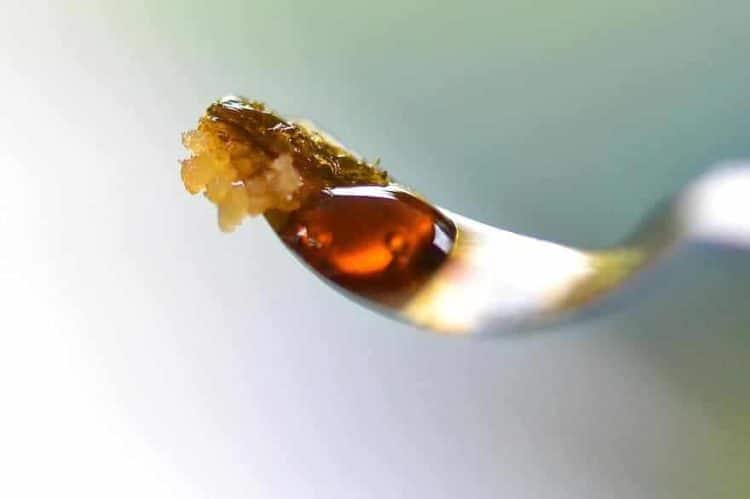Walk into a cannabis dispensary, and you likely will find liquid live resin for sale. This gooey concentrate is sold in small jars allowing you to scoop out your dose, or it’s contained in a vape cartridge. Compared to most cannabis concentrates, liquid live resin retains a richer terpene profile.
What is Live Resin?
After harvesting, fresh cannabis plant material is frozen instead of being dried and cured. This is why the final product still contains so many terpenes. Terpenes are highly volatile aromatic oils; they can’t completely withstand the conditions the cannabis plant is exposed to during the drying and curing process. A 1996 study found that drying and storing cannabis for three months reduced terpene oils from 0.29% to 0.13%. [1] Lighter terpenes (i.e., monoterpenes) like limonene evaporated faster than heavier ones (e.g., sesquiterpenes). [1]
When the plant is frozen after harvesting, its terpene profile is more likely to be retained. Additionally, extraction must be performed with specialized equipment that maintains low temperatures.
Liquid Live Resin
The term “liquid live resin” refers to the liquid consistency of the extract given a certain chemovar and extraction process. Other live resin consistencies include “live resin sap,” “live resin budder,” and “live resin sugar.” Liquid live resin is typically used for vape cartridges although it can also be used in pre-filled syringes. The syringe pushes a measured dose of oil onto a dab tool.
As cannabis acceptance has grown, so has the availability of liquid live resin. The cannabis concentrate market as a whole is expected to be worth $8 billion by 2022. This surge in interest is partly driven by vape pens. You’ll likely have to pay more for a live resin vape cartridge compared to a plain one, but for many consumers, the preserved terpenes and rich flavors are worth it.
Image source: Pikist
Reference:
- Ross SA, Elsohly MA. The volatile oil composition of fresh and air-dried buds of Cannabis sativa. Journal of Natural Products. 1996;59(1):49–51. doi:10.1021/np960004a. [Impact Factor: 4.257; Times Cited: 107]











